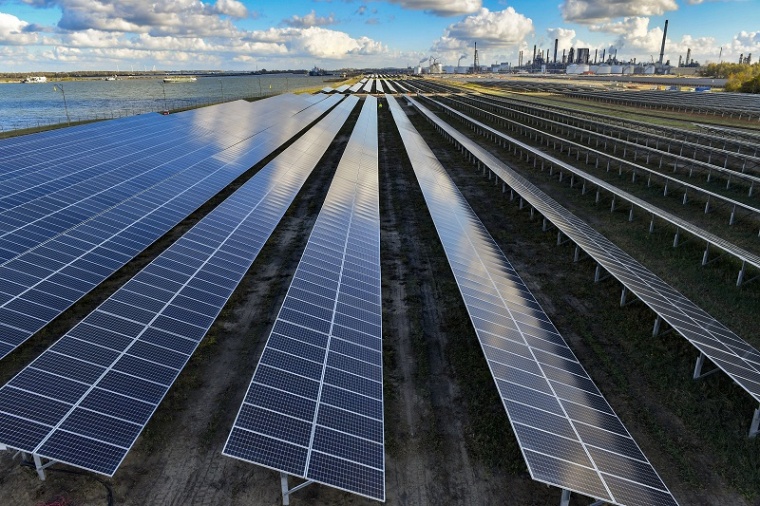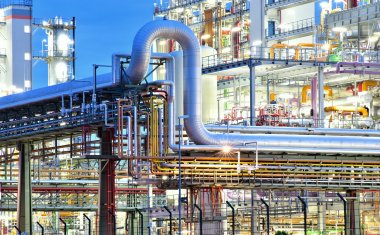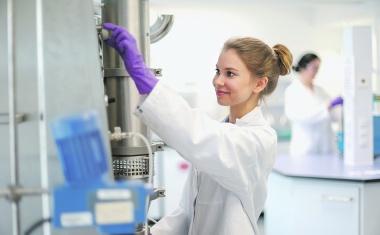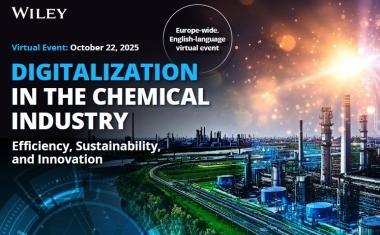Shell Invests Billions in Sustainability
Shell Chemicals has announced it will earmark “billions of euros” from its current capital spending budget to make production assets more sustainable as it works to achieve net zero emissions by 2032.
As a nod to the government of the Netherlands, where it was founded and remained headquartered before moving its global base to London last year, one of the oil, energy and chemicals group’ s first projects will be a major upgrade of its Moerdijk chemical park.
Initial plans call for scaling up output of circular and bio-based feedstocks and expanding the share of low-carbon chemical products. The group’s chemicals arm suggested additionally that it may double the number of plants at the site.
Reflecting rising demand from customers for products containing recycled plastics, Shell said it wants to build a new 50,000 t/y pyrolysis oil plant at Moerdijk that would transform hard-to-recycle plastics into feedstock for on-site production units.
Better use of hydrogen and carbon capture
Toward reducing emissions of greenhouse gases, the now British group said it is looking toward better utilization of hydrogen as well as embracing carbon capture and storage (CCS). Future plans also could include capturing and storing the CO2 residue from hydrogen manufacture in disused gas fields under the seabed.
As part of its sustainability strategy, Shell is also building a biofuels facility at Rotterdam, which should start up in 2024.
The Moerdijk pyrolysis oil unit, also expected to start up in 2024, will handle waste plastics and help underpin the group’s ambition to recycle 1 million t of plastic waste in its chemicals plants globally by 2025.
In September 2021, Shell clinched a deal with Eindhofen-based plastic-waste-to-chemical technology company BlueAlp calling for construction of two new conversion units in the Netherlands. These would convert more than 30,000 t/y of plastic into pyrolysis oil that could be used at Moerdijk, where the process has already been tested.
Two other pyrolysis oil units are due to be built at undisclosed locations in Asia, where the output would feed plants at the group’s energy and chemicals park in Singapore.
Shell has also announced plans to build a plant at Moerdijk that would produce hydrogen from the residual CO2 generated in its production processes. The output would then be used to heat the site’s industrial furnaces.
Earlier this month, Shell said it planned to bring Europe’s largest renewable hydrogen plant on stream by 2025 as part of the recently approved project called Holland Hydrogen I.
Here, a 200 MW electrolyser with capacity to produce up to 60,000 kg/d of “green” hydrogen will be built on the Tweede Maasvlakte in the port of Rotterdam and powered by Shell’s partly -owned wind farm Hollandse Kust (noord).
Hydrogen output from the port will supply the group’s Rotterdam energy and chemicals park through the HyTransPort and replace some of the “gray” hydrogen now used in the refinery.
Author: Dede Williams, Freelance Journalist







